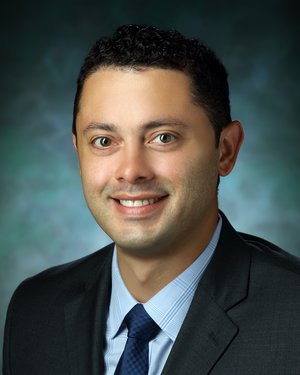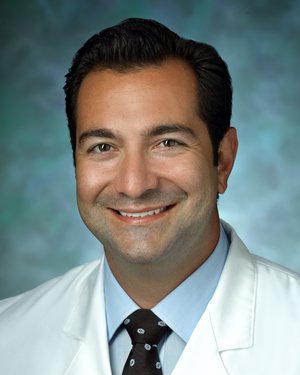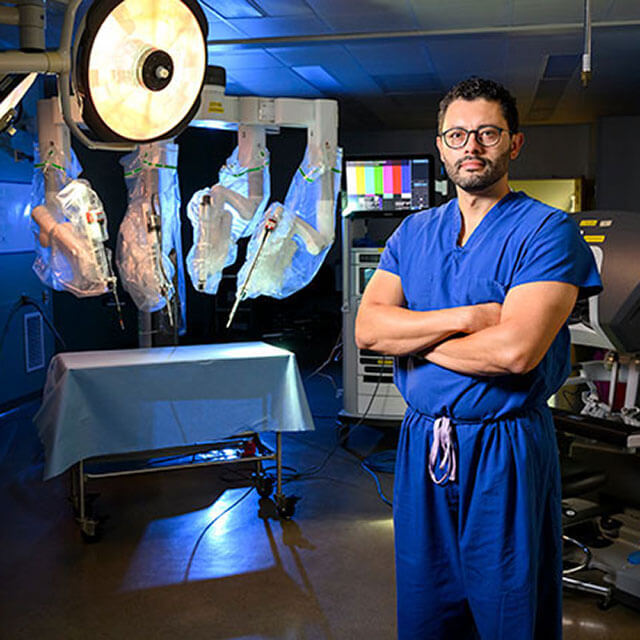-
Alejandro Vera Garcia, MD

- Vice Chair, Diversity, Equity and Inclusion
Expertise: Pediatric General Surgery
Primary Location: Rubenstein Child Health Building, Baltimore, MD
-
Clint Cappiello, MD

- Director, Pediatric Surgery Residency Education
Expertise: Pediatric General Surgery
Primary Location: Rubenstein Child Health Building, Baltimore, MD
-
Chad Barrett Crigger, MD MPH

- Director, Pediatric Urology Research
Expertise: Pediatric Urology
Primary Location: Johns Hopkins Health Care & Surgery Center - Green Spring Station, Lutherville, Lutherville, MD
-
Heather Di Carlo, MD

- Interim Director, Pediatric Urology
Expertise: Gender Affirming Care, Pediatric Urology
Primary Location: Rubenstein Child Health Building, Baltimore, MD
-
Charlotte Wu, MD

- Residency Program Director
Expertise: Pediatric Urology
Primary Location: Rubenstein Child Health Building, Baltimore, MD
Johns Hopkins Children’s Center is one of the only pediatric hospitals in the area offering many robotic-assisted surgery options for children. Robotic-assisted surgery offers a less-invasive surgical option to pediatric patients by using the latest technology to operate in areas that present challenges during traditional surgeries.
Robotic-assisted surgery does not replace the expertise of a surgeon, but because the robotic arms offer more flexibility than the human wrist, the surgeon has a greater range of motion to maneuver in the surgical area with greater precision.
What are the benefits of robotic-assisted surgery?
Our Approach to Robotic-Assisted Surgery
Before the Procedure
Our experts will consult with the patient and family to determine if robotic-assisted surgery is an appropriate option for the child. Robotic surgery procedures will differ depending on the conditions being treated.
During the Procedure
During robotic-assisted surgery, the surgeon sits at a control station, which is linked to the robotic platform and video monitor. The surgeon controls four robotic arms — twice as many as the current laparoscopic approach to minimally invasive surgery — which are located at the patient’s side. These arms are equipped with very small surgical tools. An arm with a camera generates 3D images with high-definition viewing of the operating area for the surgeon and displays the images above the surgeon’s hand on the monitor. This display gives the illusion that the instruments are an extension of the surgeon’s control grips. Foot pedals are used to control camera focus and the arms.
Our Team
Robotic-Assisted Surgery Programs
Education and Training
Our program offers trainees the opportunity to participate in various methods of educational exploration, including simulations and rehearsals. These opportunities are overseen by experts across Johns Hopkins and include access to profound programs and centers, such as:
SLICE Center
This center is a very new, $5 million dollar simulation program where hydrogel models can be made to replicate patient anatomy prior to complex procedures for rehearsal or simple practice on high-fidelity models.
Minimally Invasive Surgical Training and Innovation Center (MISTIC)
The MISTIC training center enables surgeons to plan and prepare for complex robotic cases with colleagues, OR team members and robotic device experts.


